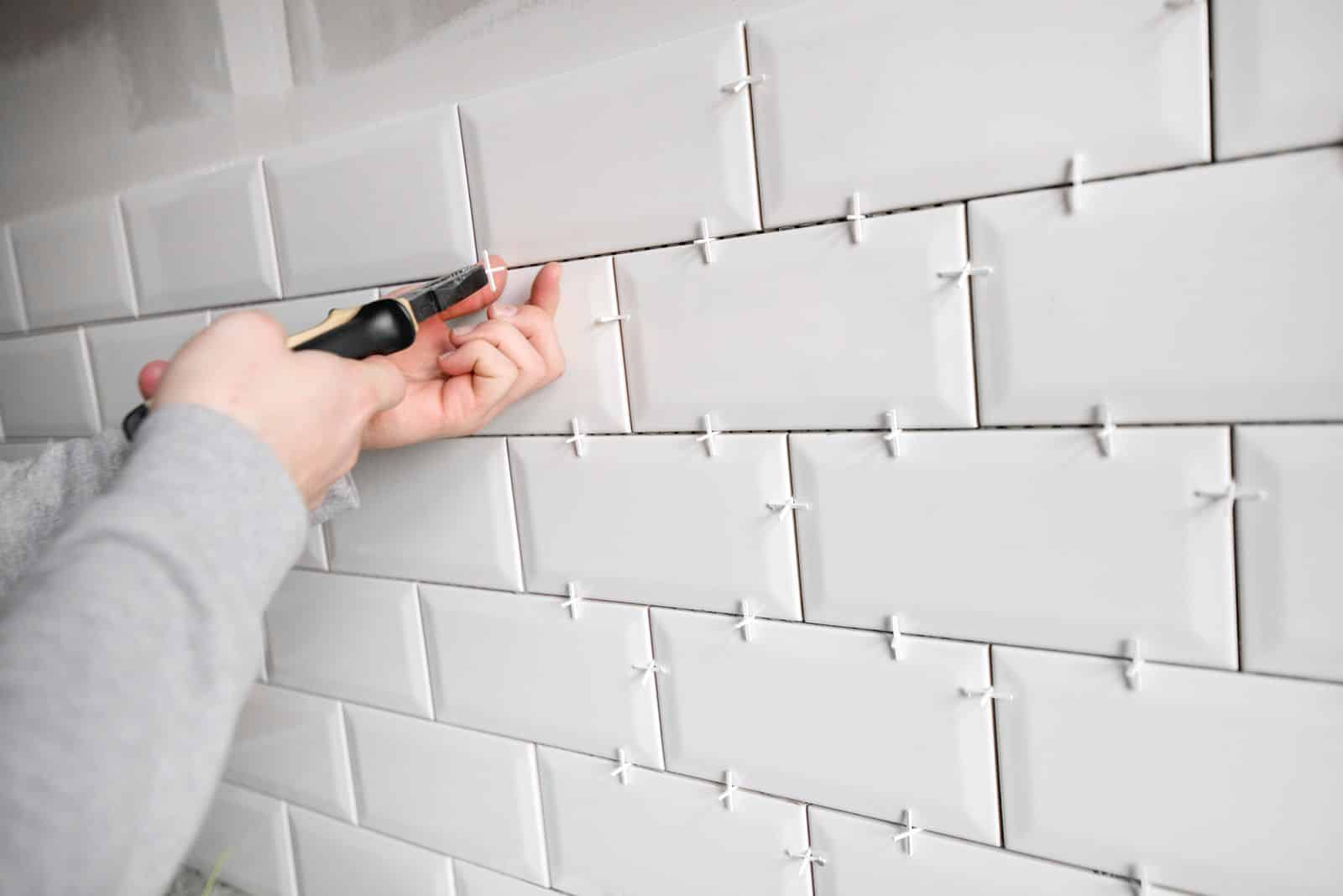Remodeling a bathroom can be a smart–and fun–way to increase the value of your home. According to data collected by Zillow, cosmetic changes to bathrooms increase your home’s resale value by $1.71 for every $1 you spend. Plus, a remodeling project can be an exciting, ambitious way to flex your design skills and enjoy your home even more.
Like any remodeling project, updating your bathroom will require planning. In this post, we aim to get you started with the key steps and points to think about as you embark on your remodeling project.
Get Inspiration
Before you start knocking down walls and ripping up floorboards, we recommend doing some visual research. Whether it’s online sites like Pinterest or classic magazines like Architectural Digest, there are a wealth of resources available to find inspiration and ideas for your bathroom remodeling project. Consider collecting images in a document, printing them or clipping them out. This kind of research will allow you to develop your top priorities for remodeling. Examine photos for the way they present key design features:
- Color schemes. Are you going for an upscale and minimalist look, maybe all whites, grays, and creams? You can also consider a bright or rich color scheme–with dark greens, reds, or blues to make your bathroom stand out.
- Lighting is crucial to creating the overall look of your bathroom. When it comes to lighting design, there are multiple factors to take into consideration. Will you use overhead lighting, sconces, or both? How will different areas of the bathroom–like a spotlight tub or his-and-her-sinks–be illuminated? How will your indoor lighting balance with natural sunlight from windows? And how will design accents–such as silver or bass–complement the aesthetic?
- Surface materials. There’s no doubt that the materials of your bathroom surfaces–including floors, cabinets, and countertops–will determine its larger look. According to Houzz, top bathroom materials to consider include quartz (gorgeous and durable), marble or granite (both classics), laminate, and ceramic tile. Also consider how the designs of your flooring and appliances will work; avoid clashing patterns like squares and stripes.
Consider Fixture Options
The Fixtures in your bathroom are central to its design and functionality. When you’re considering a remodel, set aside additional time to think about what you want from each of the bathroom’s key fixtures.
- Shower or tub? According to Consumer Reports, more homeowners are opting for a more expensive shower and skipping on the tub, especially those who aren’t a fan of bubble baths. On the other hand, a statement tub–like a clawfoot tub or a Jacuzzi–can make your bathroom better than ever.
- Options for the toilet. Consider the design and material of the toilet, as well as its placement–a half-wall can be a neat design option that helps a bathroom look hotel-fancy. Other appliances can be added as well. The Guardian reports that sales of bidets shot up in the U.S. during the coronavirus pandemic, with homeowners wary from the much-discussed toilet paper shortage of March 2020.
- Choosing a sink. The sink is one of the most important design elements in any bathroom. Aesthetic, and practical, options to consider include a his-or-her design, an elevated bowl-like sink, and the use of unusual or contrasting materials for an interesting design feature.
Evaluate Plumbing and Water Efficiency
The energy efficiency bathroom of your bathroom is hugely important for multiple reasons: it will help you cut down on your own costs, it will make it easier to flip or sell your home, and it will help to reduce your overall environmental impact.
A highly energy efficient bathroom is more popular on the market than ever. Hire a professional to assess your plumbing in order to optimize its functioning. You can also consider each of your water-using bathroom fixtures in turn–including showerheads, toilets, and faucets. Low-flow showerheads deliver water in a more energy-efficient manner, and rain showerheads are a popular option to combine efficiency and design with eco-friendly pulse rates.
Look into the EPA’s WaterSense program, which labels appliances and products that are 20% or more efficient than the minimum federal standards. Certified products can save families tens of thousands of gallons of water, and over $100 a year, depending on the size of your family and how outdated your current model is.
Seek out Advice
Professionals can help you develop a clear budget for your project, including the balance between contractors and DIY projects. Getting advice from a professional remodeling company, agent, or contractor can allow you to plan for the overall cost of your home investment. We recommend creating a detailed, itemized list of each design update to measure the cost as accurately as possible.
For example, the National Kitchen and Bathroom Association recommends budgeting 5-10% of your home’s overall value for your bathroom, and includes the following items to plan for:
- Labor
- Cabinetry and hardware
- Faucets and plumbing
- Fixtures
- Countertops
- Flooring
- Doors, windows
- Walls and ceiling
- Lighting and ventilation
- Fees for design
Remodeling a bathroom can be a fun design exercise and a great way to increase your home’s value, but it’s certainly not easy and it can be time-consuming. Seeking out advice from a professional can allow you to easily assess your current bathroom and make informed, cost-effective decisions about the next steps in design. With great advice, you can achieve the redesign of your dreams and vastly improve your home’s value, as well as your own satisfaction with your bathroom.







